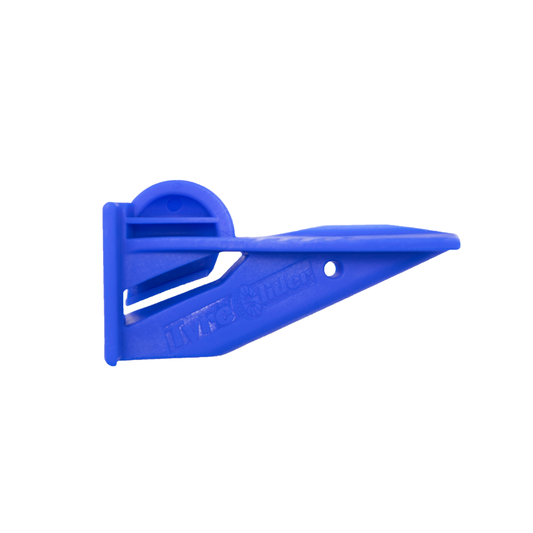suh-pen-shun fawrk er shok
suspension, fork, shock
A shock absorber installed in the front of the bike to reduce the impact of bumps and rough terrain.
Example usage: I'm going to upgrade my bike with a suspension fork or shock.
Most used in: Mountain biking and rough terrain riding.
Most used by: Experienced riders who need a more comfortable and shock-absorbent ride.
Popularity: 8
Comedy Value: 3
Also see: Suspension Fork, Shock, Suspension Fork/Shock, Suspension Fork/Rear Shock,
What is a Suspension Fork or Shock?
A suspension fork or shock is a component of a bicycle that helps to absorb bumps and vibrations while cycling. It works by adding a spring and damping system to the front wheel, which allows the wheel to move up and down independently from the rest of the bike.
The suspension fork is a critical part of the bicycle, as it helps to ensure a smoother, more comfortable ride. It also helps to keep the bike in control, especially on rough terrain. By absorbing the shocks of bumps, the suspension fork or shock can help to reduce the fatigue of the rider, as well as the risk of injury.
The use of suspension forks or shocks has become increasingly popular in the cycling world, with an estimated 34% of all bicycles sold in 2020 having them installed. The majority of mountain bikes now come with a suspension fork or shock, and many road and hybrid bikes are also starting to add them.
Suspension forks or shocks are a great addition to any bike, and can help to make the ride more enjoyable, as well as safer. They are an important component of any bicycle, and should be taken into consideration when purchasing a bike.
.The Suspension Fork: A History of Cycling Innovation
The suspension fork, or shock, has been a breakthrough development in cycling technology, allowing riders to traverse rough terrain with greater safety and comfort. But where did this revolutionary innovation originate?
The concept of a suspension fork can be traced back to the 1930s, when the British cycling company, Claud Butler, began experimenting with the idea. By 1937, they had released a prototype of a suspension fork featuring a pair of springs and hydraulic dampers. This prototype would become a precursor to the modern suspension forks used in today’s bikes.
In the early 1970s, the first mass-produced suspension fork was developed by an American company, Girvin Flexstem. This fork featured a flexible steel stem that allowed the rider to absorb shock from the road. Though the design was not perfect, it was the first fork to be widely used by cyclists.
In the 1980s, the suspension fork was further improved with the introduction of the telescopic fork. This design featured a spring-and-damper system, allowing for greater shock absorption and smoother riding. Since then, suspension forks have continued to evolve, with modern forks now boasting adjustable dampers, air springs, and other sophisticated features.
Today, suspension forks are an essential component of any mountain bike, and are also widely used in other types of cycling, such as road and gravel riding. As cycling technology continues to develop, the suspension fork will remain an integral part of the sport for many years to come.












